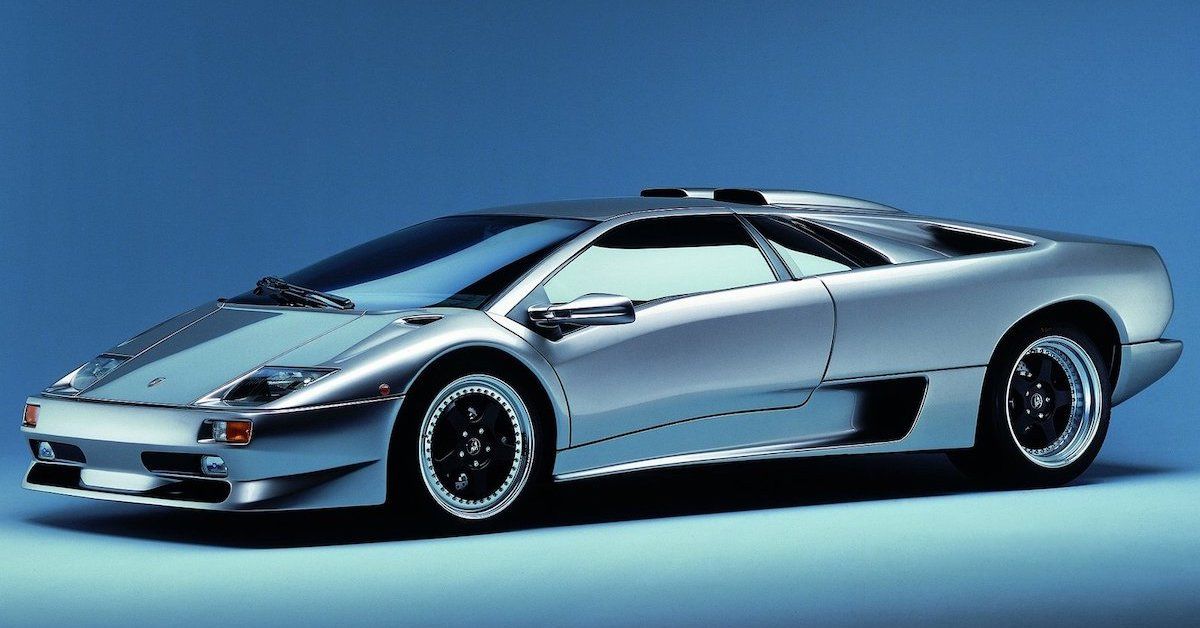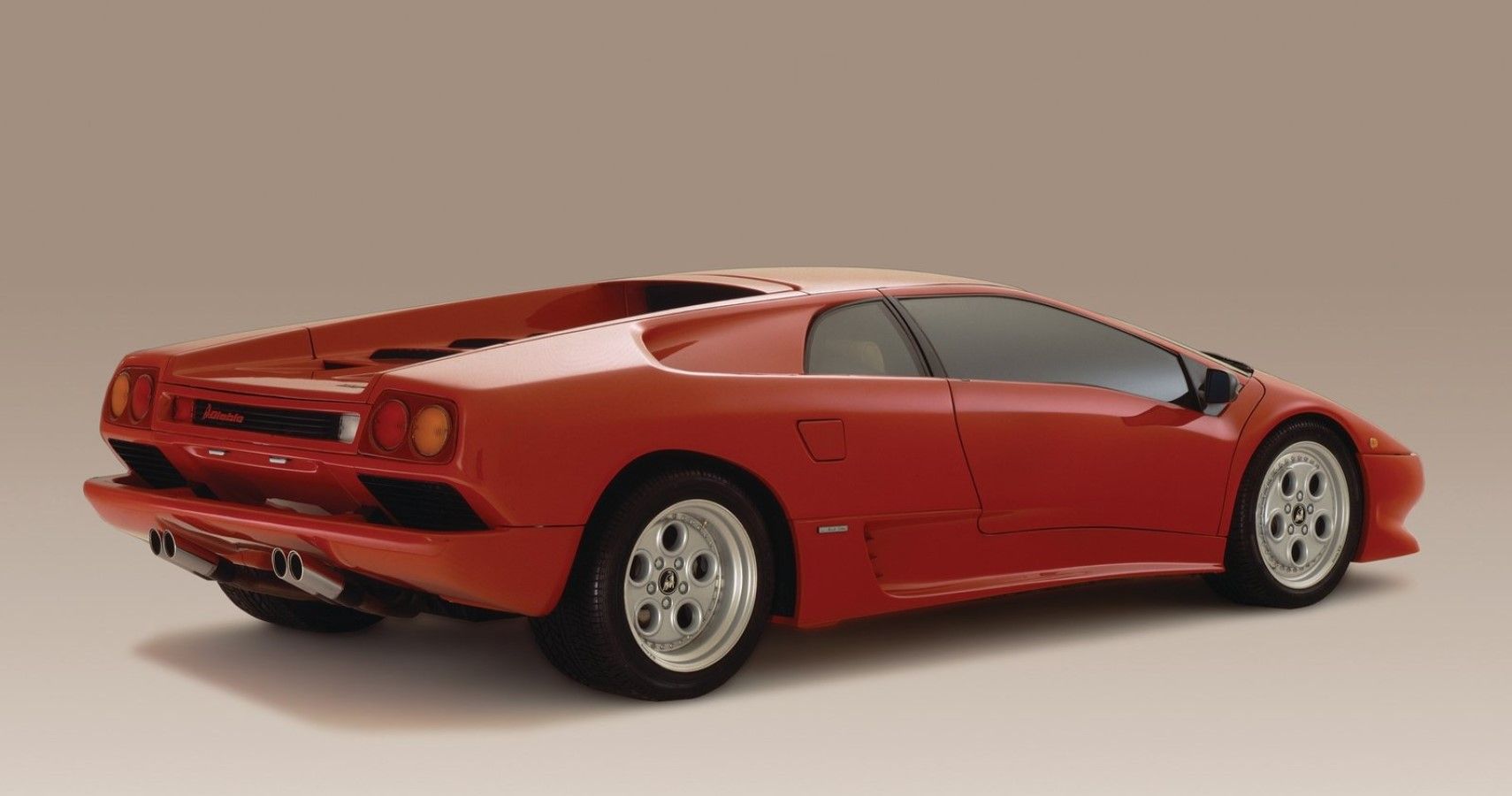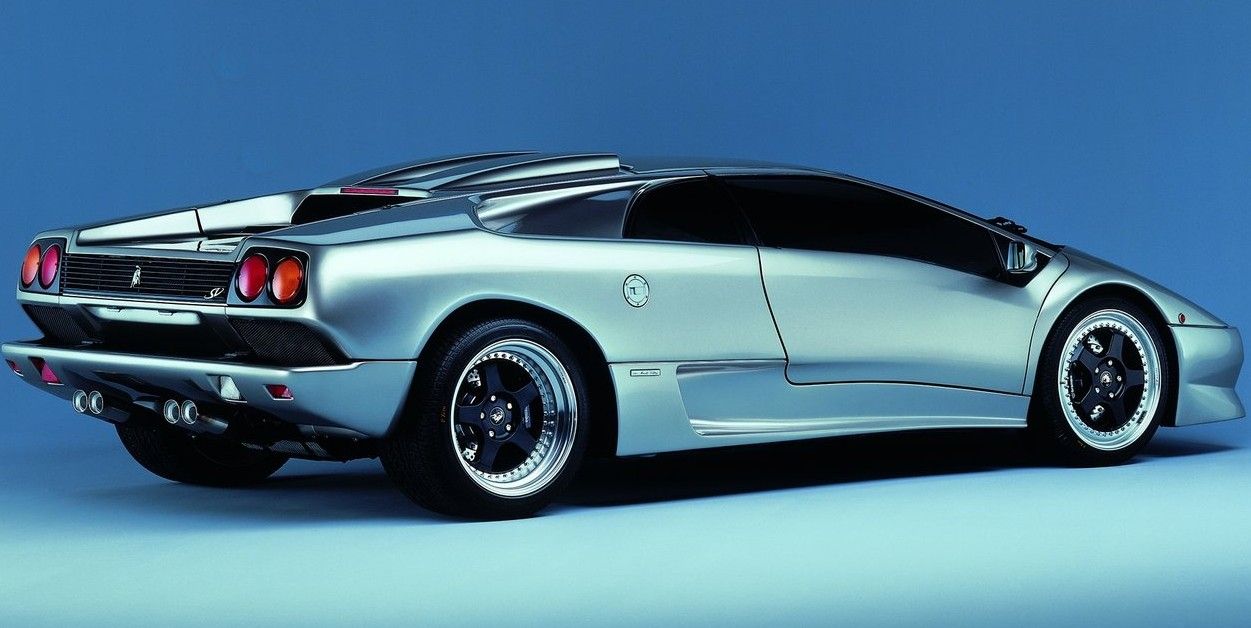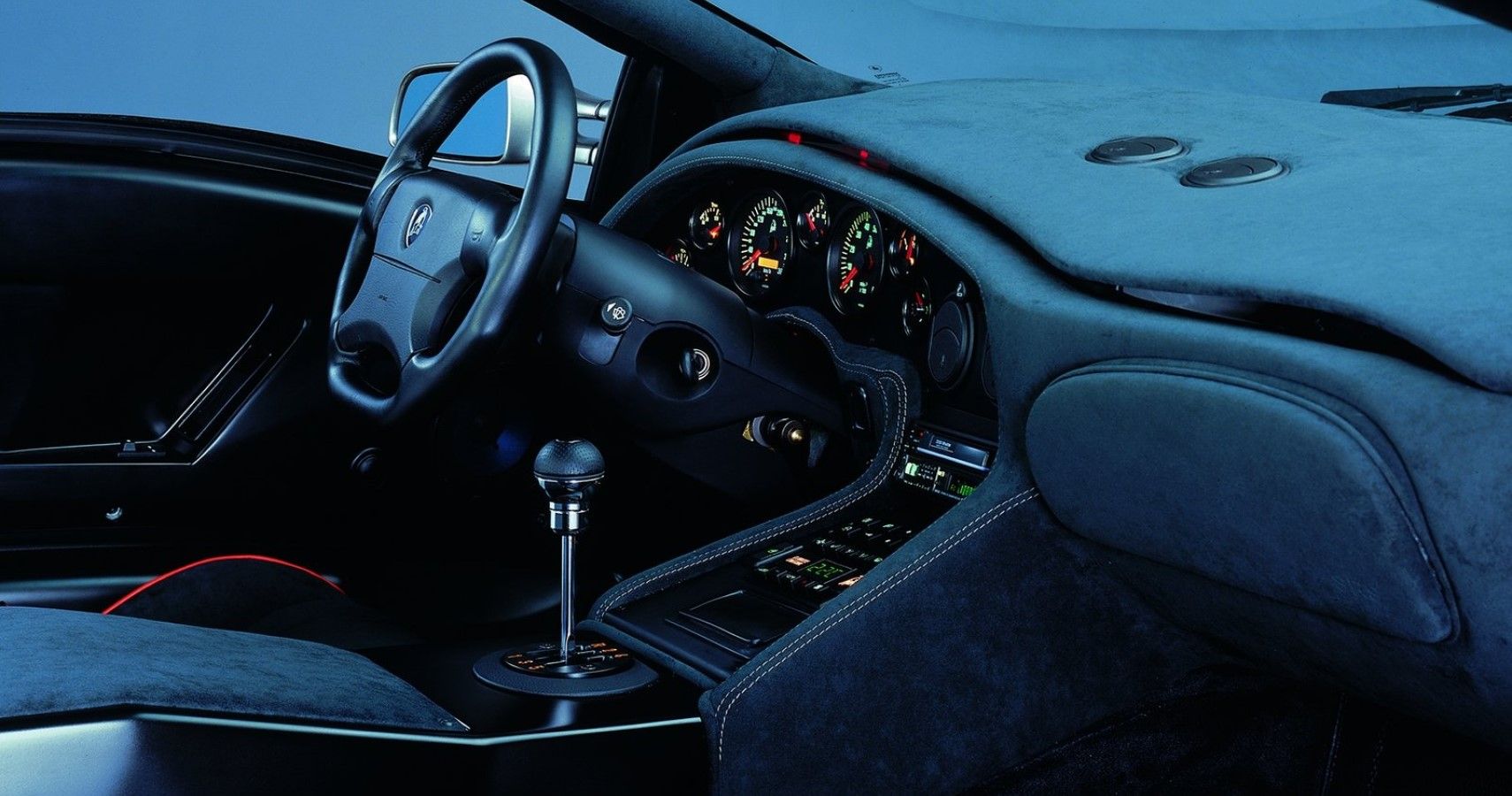As you may know, Lamborghini is all about building the fanciest and most high-performance supercars. In 1974, with the release of their legendary flagship supercar, the game-changing Countach, Lamborghini achieved many goals, and their success rose through the roof.
After seeing how well the Countach was doing in terms of sales and fame, they decided to build yet another supercar with better performance, an updated interior, and a sleeker exterior design inspired by the Countach, which was called the Diablo. Diablo means the devil in Spanish, and indeed the devil it became.
Nowadays, Lamborghini is designing many luxurious hypercars, and some seem to forget about the nostalgic backgrounds of these cars. But back when they first introduced the Diablo, Fans were amazed by what they saw. A high-performance mid-engine monster with one of the most beautiful exteriors among the 90s supercars.
The base model was produced for eight years, beginning in 1990 and continuing until 1998. After 1998, Lamborghini was determined to design another version of the Diablo to improve its performance further and give it a more luxurious interior with upgraded tires and exterior. Without further ado, let's see how Lamborghini perfected the base model with their SV redesign.
The Original Diablo Featured The Famous Italian V12
In terms of performance, the Diablo was jaw-dropping due to its well-engineered and responsive powertrain. Under the hood, Lamborghini engineers put a 5.7L naturally-aspirated V12, which produced a figure close to 500 hp. The engine transferred the power to the rear wheels through an RWD drivetrain.
When designing the Diablo, one of the main goals that Lamborghini had in mind was breaking the 200 mph barrier, which they hadn't done yet. The Diablo exceeded that goal with a top speed of 202 mph. Although it was short-lived, the Diablo was the fastest supercar of its time.
Moreover, the Diablo could do 0-60 mph in 4.5 seconds. Lamborghini's masterpiece V12 engine was truly something to behold, which was impressively responsive and gave the Diablo its signature engine sound. A sound that was so beautiful and loud that many preferred it over Ferrari's V12 engines.
The handling in the Diablo was not its best aspect due to the model's heavyweight, which was 260 lbs more than its predecessor, the Countach. By making upgraded models for the Diablo, Lamborghini made it softer and easier to control.
Overall, the Diablo became one of the most famous and well-rounded supercars, if not the most.
The Diablo relied heavily on the Countach for its core features, such as an aluminum body and transmission. The chassis also stayed the same. The most notable changes were the Diablo's bigger dimensions and more spacious interior. According to Lamborghini's official website, nearly 3000 Diablos were sold throughout its production years.
Diablo SV Had Redesigned Features And A Boosted V12 Engine
The engine used in the Diablo SV model was the same engine used in the base model. A 5.7L naturally-aspirated V12. But this model could produce 510 hp and reach 60 mph in 3.9 seconds, and the top speed was a bit higher, reaching 204 mph. It also used the same transmission.
The rear tires were a tad bit bigger than the base model, which was 13x18 inches. At first, the Diablo SV’s front tires were 17 inches, but after some time, Lamborghini decided to upgrade them with 18-inch tires and bigger brakes. With that big of a tire, The Diablo SV had an insane grip and, therefore, better acceleration.
Although this model was the cheapest of them all, still, it cost a fortune to buy one. The maintenance would even cost more than the initial price over time, but that didn't stop anyone from purchasing the Diablo SV since everyone fell in love with it.
Over time, the option to color-code the wing with the car's body became available and even made using carbon fiber. Four exhaust pipes were equipped under the bumper, and the engine now used two massive air intakes to pull air into the engine and keep it cool.
The Diablo SV Interior Was Sportier And Fancier
In the interior, the Diablo SV Was equipped with high-quality Alcantara leather for the dashboard and door panels instead of the standard leather used in the base model. The gauges in the SV model were updated and got color-coded, which made the interior look more sporty and was overall a nice touch. The "SV" logo was mounted on both door panels.
Finally, on the outside, the SV logo was placed on each door giving the Diablo SV its famous appearance; however, you could request Lamborghini, so they wouldn't put them on the doors as an option. This was one of the main features that made the Diablos SV Much More memorable than the base model.



.jpeg)

